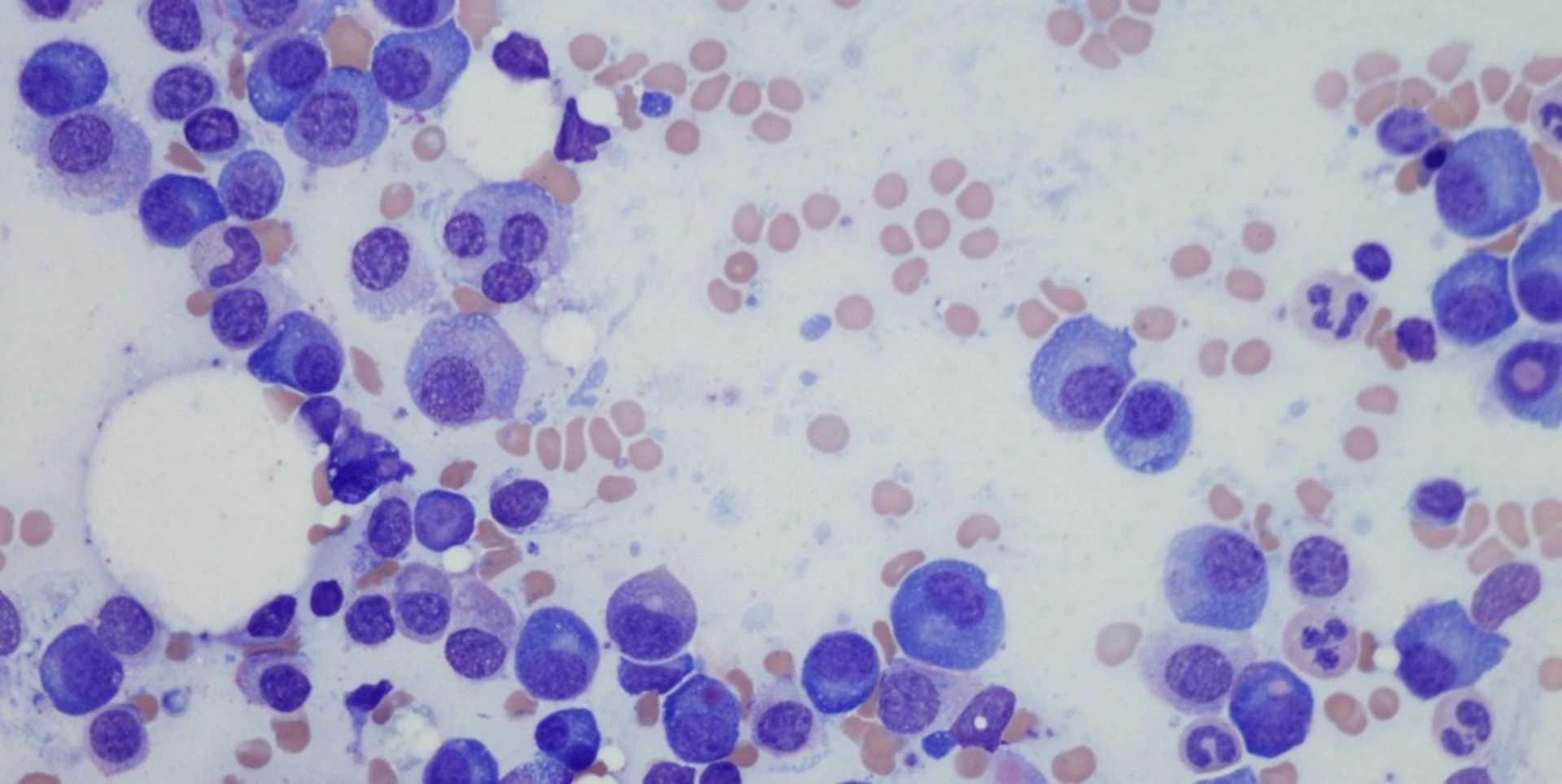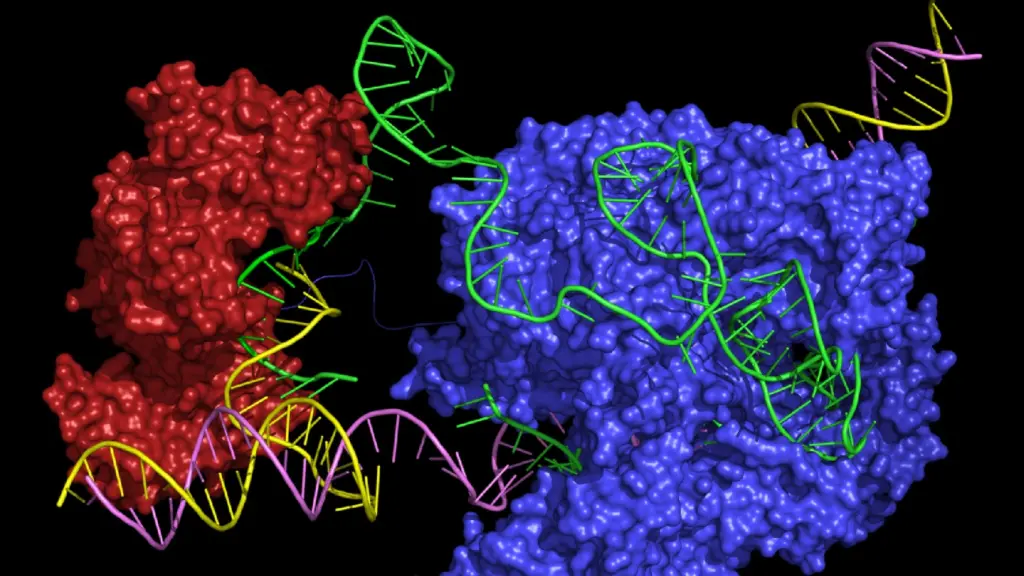The CRISPR field is moving fast! Don’t worry, we’ve got you covered. Check in every week for a quick summary of the biggest news and developments in genome engineering research so you can stay up to date with what’s happening in the world of CRISPR.
First up, we discuss the latest research on E. coli, an outbreak of which was traced back to a stock of contaminated romaine lettuce. Researchers have recently published work that explains the mechanism behind how E. coli enters cells, and suggest potential therapeutic targets to prevent infection in vulnerable populations in the future.
We then move over to research that aims to finds out why and how the most common form of bone cancer, osteosarcoma, has developed resistance to the very drugs designed to treat it.
Lastly, we take a look at news of a floral nature. Researchers have used CRISPR technology to change the color of Torenia fournieri, commonly known as wishbone flowers.
CRISPR Reveals How E. Coli Toxins Enter the Cells

The E. coli outbreak that was reported days before Thanksgiving was found to be a result of contaminated romaine lettuce. At least 52 people across 15 states have been reported sick so far, with at least two reporting that they have suffered kidney failure. Scott Gottlieb from the US Food and Drug Administration went to the extent of asking retail outlets to voluntarily pull romaine lettuce from the market. The food industry has struggled over the past year, with three E. coli outbreaks linked to leafy green vegetables.
Now, researchers are setting their sights on getting to the bottom of the mechanisms that allow the Shiga toxin, a key player in the romaine lettuce debacle, to enter the cells. In a recent study, published in PLOS Biology, researchers from Harvard Medical School and the University of Massachusetts Medical School in the US and Chubu University in Japan, carried out CRISPR-Cas9-mediated genome-wide loss-of-function screens on two Shiga-like toxins (Stxs 1 and 2). Shiga, and Shiga-like toxins are the key virulence factors for E. coli infection.
CRISPR screening in human cells revealed a number of new proteins required for Stx 1 and 2 to penetrate cells: LAPTM4a – lysosomal-associated protein transmembrane 4 alpha, a poorly characterized four-pass membrane protein, TMEM165 – transmembrane protein 165, and TM9SF2 – transmembrane 9 superfamily member 2. These proteins are thought to maintain levels of glycosylation and endosomal trafficking within the Golgi apparatus of cells; important processes that allow the uptake of material into cells. This work suggests that the proteins responsible for glycosylation within the Golgi of cells may be an area of therapeutics that should be explored and developed to prevent cells from succumbing to the Stx toxins responsible for E. coli infections.
CRISPR Targeting of Bone Cancer Receptors Reveals Causes of Multidrug Resistance

Though rare, osteosarcoma is the most common type of bone cancer. Between 800 and 900 new cases are diagnosed each year in the United States, and about half of these are in children and teens. The most easily treatable cases are those where the tumor can be completely removed by surgery; 60-80% of patients survive for at least 5 years after treatment completion. The most difficult cases are those where the osteosarcoma has spread; the 5-year survival rates drop to between 15 and 30% and one of the main reasons for this low survival rate is multidrug resistance.
CD44 is a cell surface adhesion receptor that is highly expressed in many cancers, including osteosarcoma. Previous research has implicated CD44 and HA (hyaluronic acid – the compound that CD44 binds to), in resistance to anti-cancer drugs, therefore making both CD44 expression and levels of HA potential therapeutic targets.
A group of researchers from The Second Xiangya Hospital in Changsha, China, and Massachusetts General Hospital and Harvard Medical School in Boston, USA, aimed to take that work a step further using CRISPR-Cas9 technology. The team started by using immunohistochemistry to confirm that a high level of CD44 may predict poor survival and higher potential for cancer spread, recurrence and drug resistance in patients with osteosarcoma. They then used CRISPR-Cas9 to knockout CD44, which significantly inhibited migration and invasion of cancerous cells and enhanced drug sensitivity. This work suggests that silencing CD44 may improve the survival rates of osteosarcoma patients.
CRISPR-Cas9 Used to Change the Color of Wishbone Flowers

Torenia fournieri, commonly known as the wishbone flower, is a small flowering plant that blooms particularly well in the shade. Wishbone flowers are available in many colors, including pink, rose, white, burgundy, lilac-blue, and yellow. It is largely an ornamental summer bedding pant, but it has also been used as an experimental plant due to its distinctive shape, floral colors, and longevity.
Many of the experimental studies involving wishbone flowers have investigated plant developmental processes. Now, a recent publication in BMC Plant Biology details research from the Iwate Biotechnology Research Center in Japan, wherein researchers have instead targeted genetic mutations that influence the color of the model plant. The team induced mutations in the flavanone 3-hydroxylase (F3H) gene, which encodes for a key enzyme involved in flavonoid biosynthesis, and approximately 80% of the resulting flowers were pale blue, almost white.
CRISPR-based flower color modifications have been done before in the Japanese morning glory species, but these results clearly demonstrate modifications of flower color beyond proof of concept. The researchers report that the process of CRISPR-Cas9 modification is easy and efficient in Torenia fournieri, and they hope that this study will inspire further research into the species using CRISPR.
Cell Engineering 101
CRISPR has ignited a revolution. Although it’s a relatively recent discovery in the history of biotechnology, CRISPR has quickly become a standard laboratory tool and cell engineering is transforming research. One of the most widely used applications of CRISPR is knocking out specific genes in cell lines to interrogate gene function.








